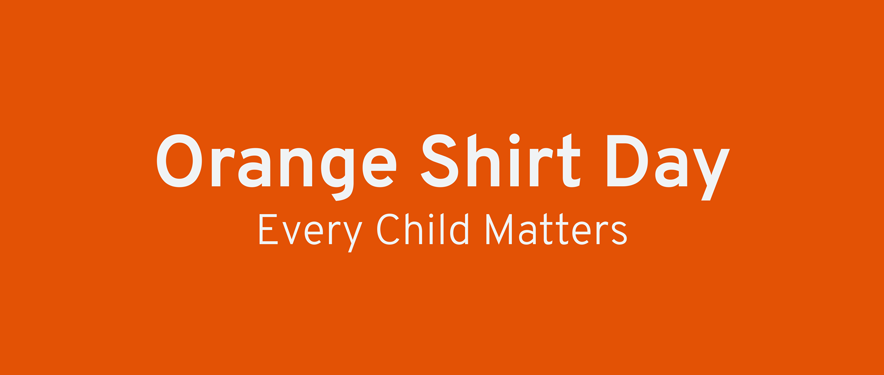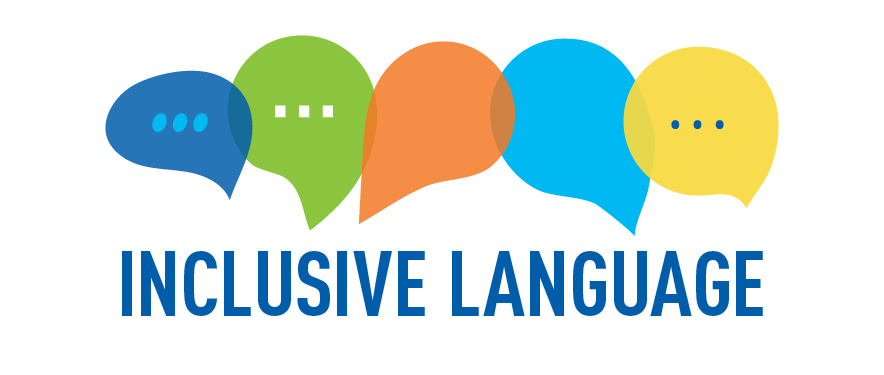
Tips for Inclusive Language - Part 2
By Deborah Digrispino / 03/23/2021 / Diversity, Equity & Inclusion
Editor’s note: This is part two in a three-part series on inclusive language.
Recent events have many of us considering the terminology we use every day. Language is constantly evolving, and lately faster than ever. Here is guidance for those who want to learn more about how to incorporate inclusivity into their day-to-day lives.
“Inclusive language” avoids biases, slang or words that reflect discriminatory views against groups of people based on their race, gender or socioeconomic status. That simply means that it’s considerate and respectful communication.
Here are three ways you can make your language more inclusive.
- Use gender neutrality (think “mail carrier” instead of “mailman”)
- Respect race and ethnicity (capitalize the “B” in Black)
- Emphasize humanity (saying “people experiencing homelessness” instead of “the homeless”)
Part 2: Race and ethnicity — Show courtesy and respect to all
When referencing people’s diverse backgrounds, it’s important to consider the type of language that is appropriate and respectful. Carefully decide if it’s necessary to identify someone by their race or ethnicity. Including these details should be clearly relevant. For example, most uses of a person’s race or ethnicity document groundbreaking or historical events. Here are two examples:
- Barack Obama was the first Black U.S. president.
- Sonia Sotomayor is the first Hispanic justice of the U.S. Supreme Court.
Due to advances in history, culture and tolerance, terminology may continue to evolve. One of the key factors to consider when using racial or ethnic terms is that any racial or ethnic group is in the position to determine how they want to be referenced. And, it may change! Here are some preferred terms:
- Black people, Hispanic people, or white people but never as a singular noun like Black(s), Hispanic(s) or white(s). (Note the capitalization; however, per AP style, there is, at this time, less support for capitalizing white.)
- People of color (sometimes abbreviated as POC) or racial minority/minorities.
- African American, Asian American, Latin American, European American, Pacific Islander, etc. (Note: Not all terms are interchangeable, so ask the individual’s preference if possible.)
- American Indian and Native American when referring to Indigenous People. (If possible, include the name of the tribe: Navajo, Cherokee, Sioux, etc.)
- Biracial or multiracial to describe people of more than one racial heritage.
Don’t guess, ask. It’s better to be curious than incorrect. Here’s a quick checklist to run through to ensure your messaging is appropriate and accurate.
- Have I mentioned someone’s race or ethnicity? If so, was it necessary?
- Have I used only the terms that are relevant to my message?
- Have I used adjectives that are acceptable and considerate?
- Do I provide equal details when communicating about people of color or diverse backgrounds as I do when communicating about my own race and ethnicity?
Remember, the inclusive language you use should be respectful and pertinent. Always ask yourself if race or ethnicity is even relevant in your communications.

